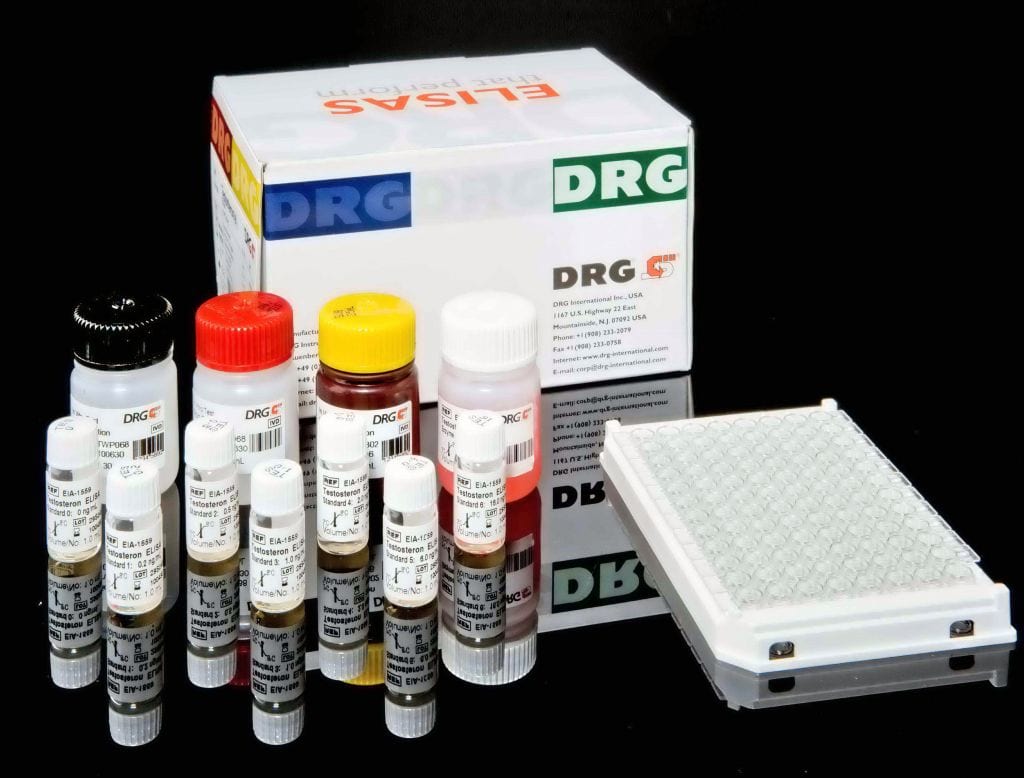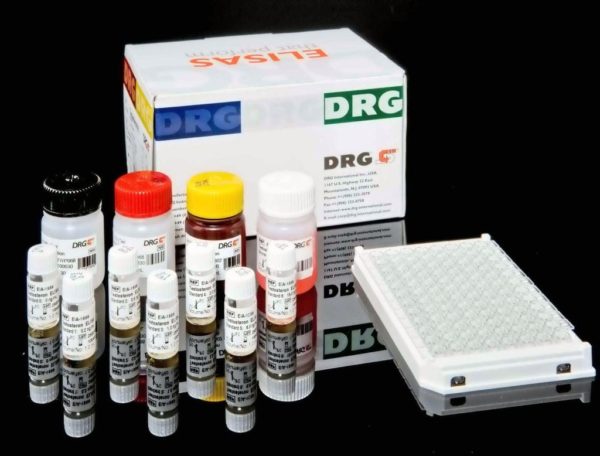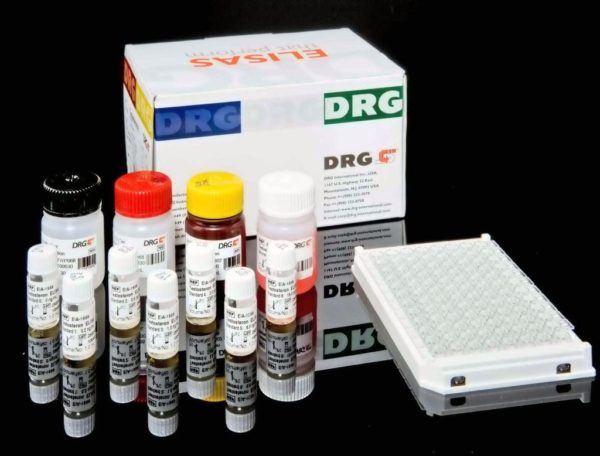Description
An enzyme immunoassay for the qualitative and semiquantitative determination of IgG-class antibodies to Brucella in serum and plasma.
Brucella is a small Gram-negative bacterium (0.4-0.8 µm in diameter and 0.4-3.0 µm in length) which is non-flagellated, and non-spore-forming. Since the discovery of Brucella
melitensis by Bruce in 1887, an increasingly complex pattern of strains has emerged, and each type has distinctive epidemiological features. Virulent Brucella organisms can infect both nonphagocytic and phagocytic cells; the mechanisms of pathogenesis of Brucellosis in its natural host species and in humans are still not completely understood. Worldwide, brucellosis remains a major source of disease in humans and domesticated animals. Although reported incidence and prevalence of the disease vary widely from country to country
(from 200 per 100,000 population), bovine brucellosis caused mainly by B. abortus is still the most widespread form. Risk groups include abattoir workers, meat inspectors, animal handlers, veterinarians, and laboratory technicians. Brucellosis is a nationally notifiable disease and reportable to the local health authority.
The DRG Brucella IgG ELISA Kit is a solid phase enzyme-linked immunosorbent assay (ELISA)Microtiter wells as a solid phase are coated with Brucella abortus Antigen from strain S99-Weybridge. Diluted patient specimens and ready-for-use controls are pipetted into these wells. During incubation Brucella-specific antibodies of positive specimens and controls are bound to the immobilized antigens. After a washing step to remove unbound sample and control material horseradish peroxidase conjugated anti-human IgG antibodies are dispensed into the wells. During a second incubation this anti_IgG conjugate binds specifically to IgG antibodies resulting in the formation of enzyme-linked
immune complexes. After a second washing step to remove unbound conjugate the immune complexes formed (in case of positive results) are detected by incubation with
TMB substrate and development of a blue color. The blue color turns into yellow by stopping the enzymatic indicator reaction with sulfuric acid. The intensity of this color is directly
proportional to the amount of Brucella-specific IgG antibody in the patient specimen. Absorbance at 450 nm is read using an ELISA microtiter plate reader.




